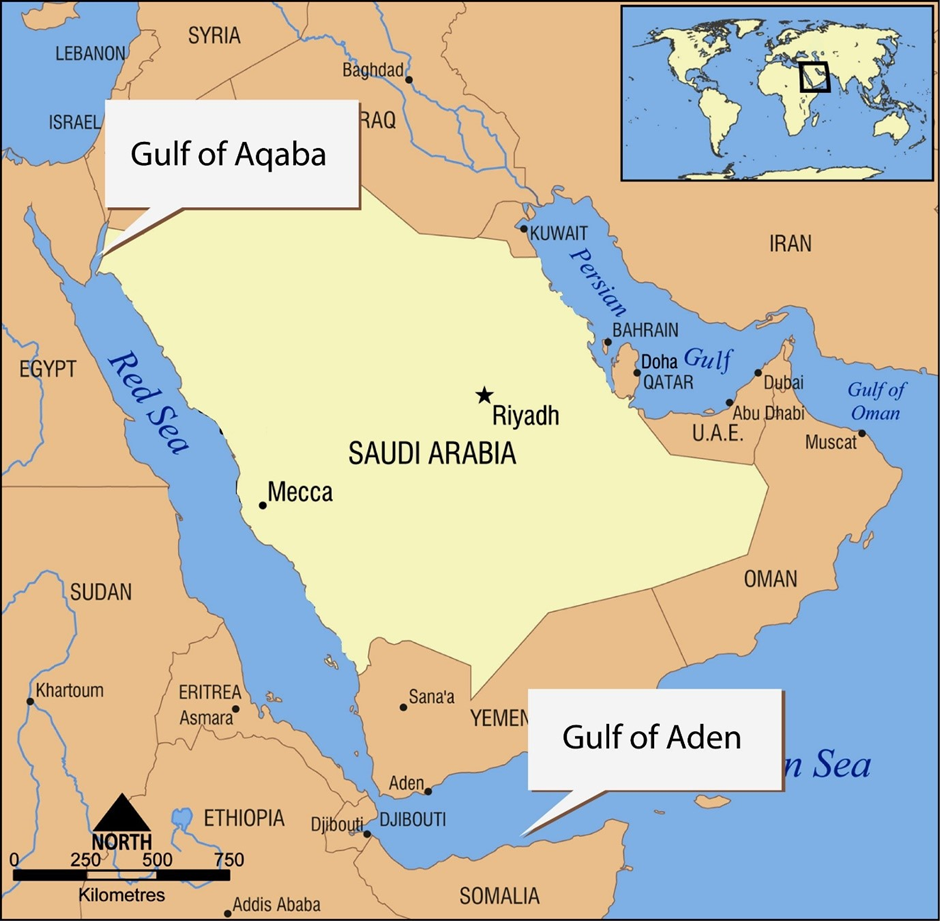Operation Flood (White Revolution)
Operation
Flood (White Revolution)
About:
·
The White Revolution in
India was the brainchild of Dr Verghese Kurein.
·
Under him many important
institutions were established like the Gujarat Cooperative Milk Marketing
Federation Ltd and the National Dairy Development Board (NDDB).
·
The White Revolution was
started by the NDDB in the 1970s and the bedrock of the revolution has been the
village milk producers' cooperatives.
Phases
of the Revolution:
Phase
I:
It
started from 1970 and lasted for 10 years i.e. till 1980. This phase was
financed by the sale of butter oil and skimmed milk powder donated by the
European Union through the World Food Program.
Phase
II:
It
lasted for five years from 1981 to 1985. During this phase, the number of milk
sheds increased from 18 to 136, milk outlets were expanded to about 290 urban
markets, a self-sustaining system was set up that included 4,250,000 milk
producers spread across 43,000 village cooperatives.
Phase
III:
It
also lasted for almost 10 years i.e. 1985-1996. This phase enabled the dairy
cooperatives to expand and gave a finishing touch to the programme. It also
strengthened the infrastructure required to procure and market increasing
volumes of milk.
Objectives:
·
Increase milk production
("a flood of milk").
·
Increase rural incomes.
·
Reasonable prices for
consumers.
Significance:
·
It helped dairy farmers
direct their own development, placing control of the resources they create in
their own hands.
·
It has helped India
become the largest producer of milk in the world in 2016-17.
·
Currently, India is the
world's largest milk producer, with 22% of global production.



Comments
Post a Comment